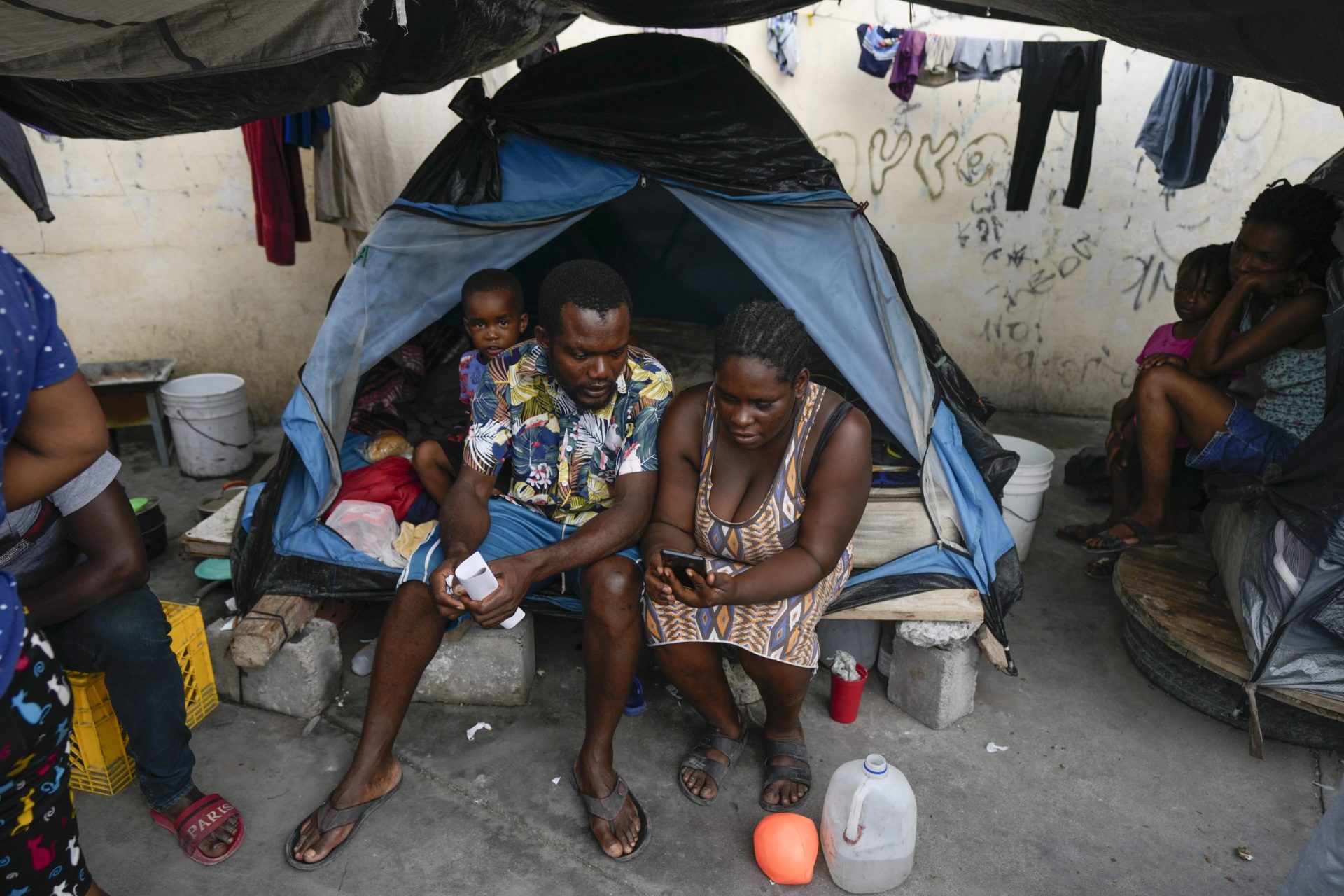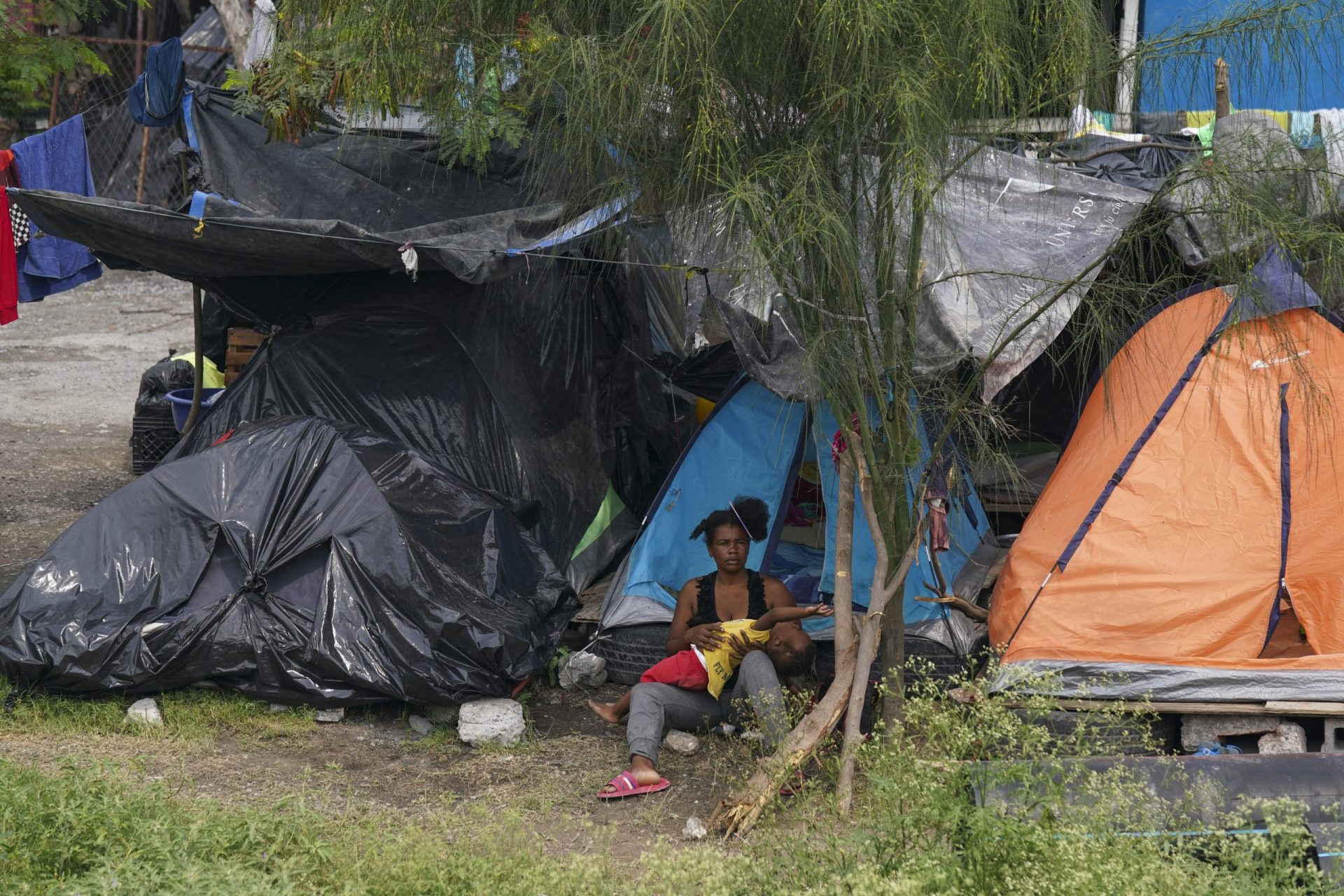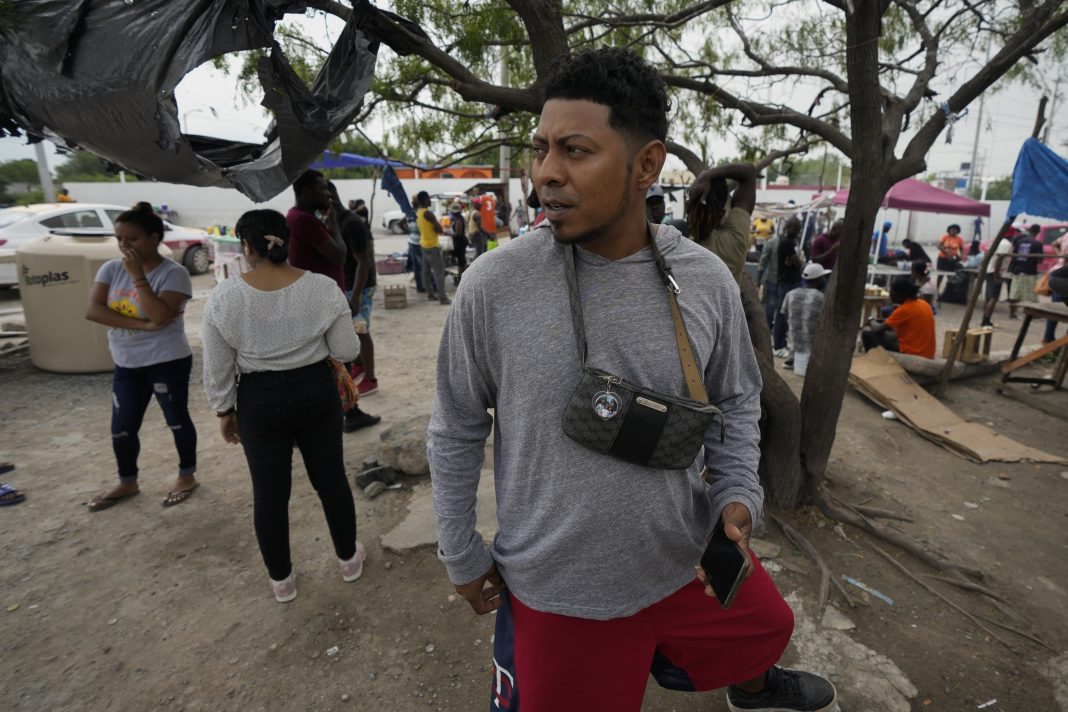|
Only have a minute? Listen instead
Getting your Trinity Audio player ready...
|
Though the number of people crossing the Southwest border was slightly higher last month compared to March, on the whole, fewer migrants attempted to enter the country in April 2023 compared to the same period in 2022.
Some 211,401 migrants attempted to enter the United States throughout the month of April, the last full month before Title 42 was set to expire, while 195,956 crossed in March.
Compared year-over-year, the April figure represents an 11% decrease in the number of crossings during the same month in 2022, according to a monthly operational update issued by U.S. Customs and Border Protection on Wednesday.
As the final days of Title 42 wound down, many expected to see an increase in the number of migrants — largely from Central America — trying to make it into the U.S.

The Centers for Disease Control and Prevention implemented the policy on March 20, 2020 just as the COVID-19 pandemic began to sweep across the country.
It allowed border agents to circumvent Title 8, an immigration enforcement policy that harkens back to the Immigration and Nationality Act of 1952.
Instead, Title 42 allowed for the quick expulsion of migrants under the guise of preserving public health by limiting the spread of the virus.
“The faster a covered alien is returned to the country from which they entered the United States, to their country of origin or another location as practicable, the lower the risk the alien poses of introducing, transmitting, or spreading COVID-19 into… the interior,” stated then CDC Director Robert R. Redfield.
Though they were removed from the country, being expelled under Title 42 carried fewer legal consequences for migrants than being expelled under Title 8.
It was those lesser consequences that prompted many border watchers to caution that higher numbers of people would attempt before Title 42 expired last Thursday.

While preliminary data indicate that that may have occurred in the final days of the policy, when as many as 2,000 people a day were crossing at Brownsville, CBP’s figures for April overall do not reflect an extraordinary surge.
Further, CBP’s own data shows that the majority of migrants who were expelled from the country during April were expelled under Title 8.
Migrants expelled under that policy can face a five-year ban from seeking permission to re-enter, as well as potential criminal penalties.
CBP expelled 137,374 people under Title 8 last month. That figure accounts for two-thirds of the people the agency removed from the country.
The remaining 35% of expulsions — or 74,027 people — occurred due to Title 42.
That trend remained true with migrants who were crossing as family units.
CBP expelled 50,559 “family unit individuals” — or 85% of family units — under the strength of Title 8, while 8,405 family unit individuals were expelled under Title 42.
Though the public health policy was meant to prevent further spread of the coronavirus, few migrants were testing positive in Title 42’s final days.
Over the last few months, fewer than 2% of migrants who received temporary shelter from the city of McAllen tested positive for the virus, according to city officials.

Approximately 1.8% tested positive the week of May 3, McAllen Assistant City Manager Jeff Johnston reported during a May 8 McAllen City Commission meeting.
During an April 24 city commission meeting, Johnston reported that previous weeks had seen similarly low positivity rates hovering between 1.4% and 1.7%.
CBP also announced that 28,738 people were granted a form of immigration parole and allowed to lawfully enter the country.
Up to 30,000 migrants from Cuba, Haiti, Nicaragua and Venezuela can be paroled into the country each month under part of a federal humanitarian program.
Among the long list of criteria necessary to qualify for the program, a migrant must have a financial sponsor.
Finally, CBP’s April 2023 monthly operational update shows that the migrant demographics have shifted as the year has progressed.
The majority of migrants crossing in April — 54,766 — hail from Mexico and northern Central America. Another 25,514 came from Venezuela, located along the northern coast of South America.
RELATED READING:
Title 42 countdown: Valley prepares for potential surge of border crossings




